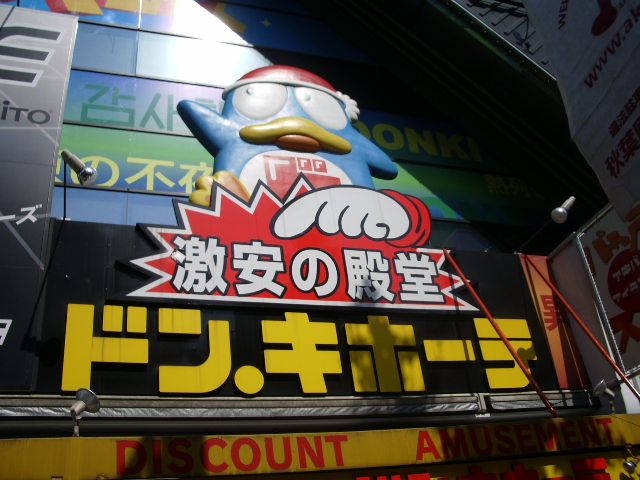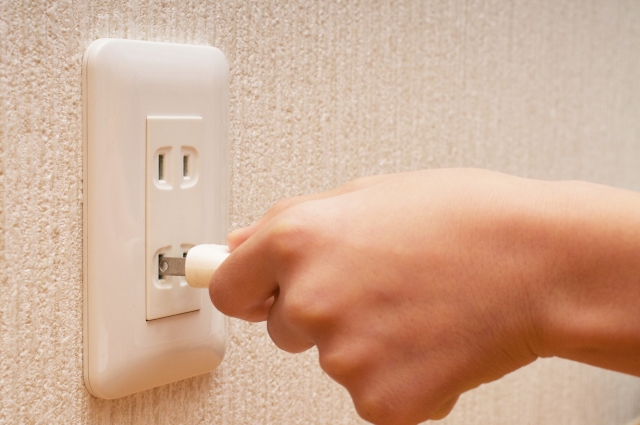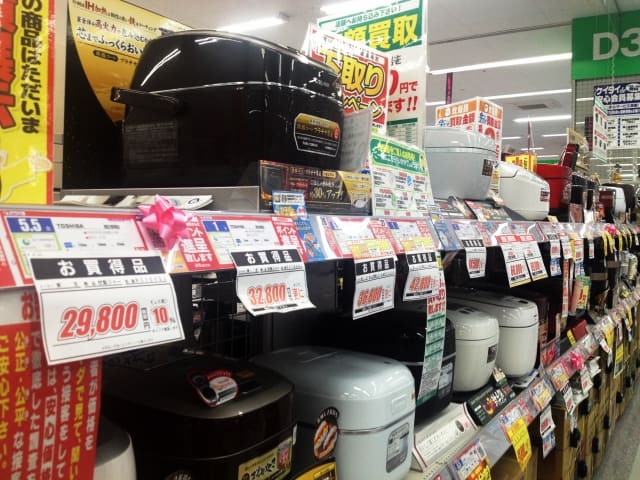Will my hair dryer work in Japan? Can I use the electronic item I bought in Japan in my home country? These are common questions from visitors about electricity in Japan, and we have some answers for you.
What is the Standard Voltage in Japan?
Simply put, the electrical standard for Japan is 100 volts (100V). Compare this with the North American standard of 120V, most of Europe at 240V and Australia and New Zealand at 230V and you’ll see that it differs from all these locations. However, how that difference actually plays out is very different between the various regions.
Additionally, the plugs used across different regions and countries also vary. The Japanese plug is similar, but not exactly the same as the ungrounded version of the American two-pronged plug. Simply put, a Japanese plug will fit in an American socket, but will it work properly? Here are our tips for using electrical items in and out of Japan.


Tips for Using Electronic Appliances in Japan
Tip 1: Bring an electrical converter if you’re coming from a country using the 230/240V standard. This applies mainly for devices that have a heating element including hair dryers and curling irons. Many personal electronic devices like phone chargers and laptop power supplies have variable voltage and its easy to check as the information will be printed on the charging block itself. For these types of chargers, you won’t need a converter.
Tip 2: Electronics from North America work in Japan without a converter. The difference between Japan’s 100V and North America’s 110/120V standard is nominal, so you will have no problem using your electronics in Japan. However, you might have trouble plugging it into a Japanese socket, which brings us to our next tip.
Tip 3: Bring a universal plug adapter converting to 2 prongs. The standard Japanese outlet accepts two equal sized prongs. Even some North American plugs do not fit Japanese outlets because one prong is slightly larger than the other. While you can probably locate an adapter after you arrive in Japan, it’s no fun worrying about finding a shop that sells one when your phone battery is quickly approaching zero percent.
Tip 4: If you need an adapter, try 100 yen shops and electronic chain stores. If you forget to bring an adapter, you may be able to find something cheap at the many 100 yen discount shops around major (and sometimes minor) cities. Shops that carry electronics like Don Quijote, Yodobashi Camera, or Bic Camera will also likely have adapters.
Tip 5: To plug a North American 3 prong adapter into a standard Japanese 2 prong outlet, you can try using a multi-plug adapter in between. Sometimes you really just need to get your 3 prong adapter (for a laptop, for example) plugged in quickly. Some multi-plug adapters are designed in such a way that you can plug in the two main plugs while leaving the third ground plug out. For a short term solution, this will work in a pinch.
Tips For Buying Japanese Electronics To Use At Home
Tip 6: Japanese electronics can work in North America without a problem. Generally speaking, the voltage difference is nominal and the plugs fit in North American outlets, so electronic items purchased in Japan should work in North America without a hitch. But read on to Tip 9, because you might find you have other problems unrelated to electricity.
Tip 7: For 230/240V markets, there are shops that sell export models electronic products. If you purchase a Japanese electronic item at a regular shop to use in a country with 230/240V, you are taking a calculated risk. If you want to avoid the risk, there are shops that sell export ready models of electronics duty-free (no tax). In Tokyo, for example, you’ll find these shops in big shopping areas like Akihabara or Shinjuku.
Tip 8: You can purchase a converter to use a Japanese electronic item in a 230/240V region, but the converter is already quite expensive. There are ways to make your 100V electronic usable back in your home country at 230/240V using a step down transformer, but it is much more convenient, cheaper, and possibly safer to just find a shop selling export ready electronics in Japan as mentioned above.
Tip 9: Just because you can get an electronic device to work in your home country doesn’t mean there won’t be limitations. Some electronic devices include some digital cameras and camcorders may not have menus in your native language. DVD players might be region locked. Mobile phones may not work on your home cellular network. Keep these other potential restrictions in mind when purchasing electronics to take home. Again, if you are doing business with a shop selling export electronics, they should be able to answer all of your questions beforehand and keep you from wasting time and money.
I didn’t cover every detail in this article, but if you have questions about electricity in Japan, feel free to ask in the comment section below and I will do my best to answer them. If you have other questions about visiting Japan, consult our Japan Travel Guide for more useful tips and ways to save money.
















I’ve come into a second-hand kotatsu heating element that I’d like to use here in Canada. There’s no make or model number but the plug states it’s rated for 125V. The plug is an ungrounded 2-prong and the cord is wrapped in some kind of fabric, presumably a heat retardant. Should it be safe to just run out of a standard outlet?
Hello,
As long as you’ve double-checked your voltage, it sounds like your kotatsu should be ok to use in Canada. The age of your kotatsu can also be a factor in how it works, so take care to watch it when you first plug it in, and not leave it on without you present. Even though we try our best to provide comprehensive advice and tips, we can’t be 100% certain about how your new kotatsu will work, so we’d advise that you be diligent especially during the first time you use it. Otherwise, we hope you enjoy a wonderfully toasty fall and winter with your new kotatsu!